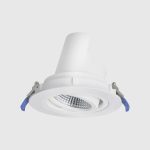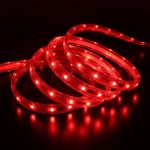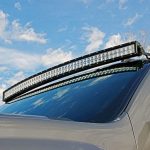Quick Fixes: How to Repair LED Light Connector Problems in Minutes
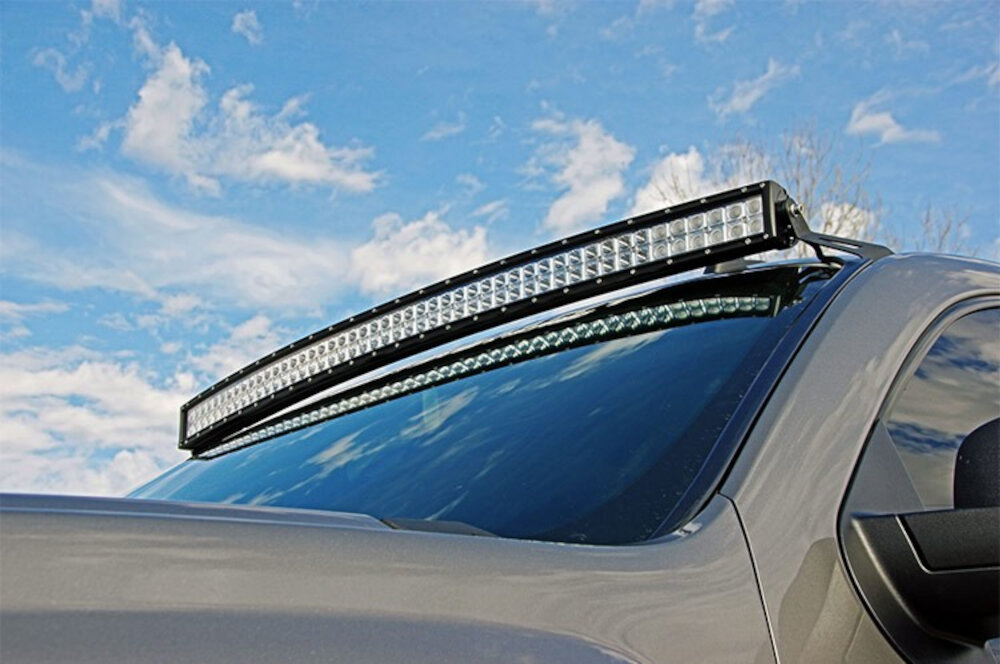
LED lights are a popular choice for many households and businesses due to their energy-efficient properties and durability. However, like any electrical appliance, LED lights are prone to wear and tear over time. One of the most common issues that LED light users face is connector problems. These problems can range from loose connectors to broken wires, and they can cause significant inconvenience, especially if the lights are being used for important tasks such as reading or working. Fortunately, there are quick fixes that can help you repair LED light connector problems in just a few minutes, without the need for professional help or costly tools. In this article, we will explore some of the most common LED light connector problems and provide simple solutions that can help you fix them quickly and easily. We will cover everything from loose connectors to broken wires, and we will provide step-by-step instructions that anyone can follow, regardless of their technical expertise. Whether you are a seasoned DIY enthusiast or a complete novice, this article will provide you with the knowledge and skills you need to keep your LED lights in top working condition. So, without further ado, let’s dive into the world of LED light connector repair and discover how you can fix your lights in minutes.
LED light connectors are an essential part of any LED lighting system. They are responsible for connecting the LED light fixtures to the power source, providing a secure and stable connection. Common types of LED light connectors include screw connectors, push connectors, and twist-on connectors. However, these connectors can experience issues such as loose connections, corrosion, and overheating, which can lead to flickering or no light output. To solve these issues, it is important to first identify the problem and then take appropriate steps such as tightening loose connections, cleaning corrosion, or replacing damaged connectors. With a little bit of know-how, it is possible to fix LED light connector problems in just a few minutes, ensuring a consistent and reliable lighting experience.
Knowing how to repair LED light connector problems quickly is crucial for several reasons. Firstly, malfunctioning LED light connectors can lead to inconvenience and frustration, as they can disrupt the smooth functioning of lighting fixtures. Secondly, faulty connectors can also pose a safety hazard, as they can cause electrical shocks or fires. Additionally, replacing LED light fixtures or hiring a professional to fix them can be costly and time-consuming. Therefore, having the skills to quickly diagnose and repair LED light connector problems can save time, money, and help maintain a safe living or working environment. With the right knowledge and tools, anyone can become proficient at repairing LED light connector problems within just a few minutes.
Identify the Problem
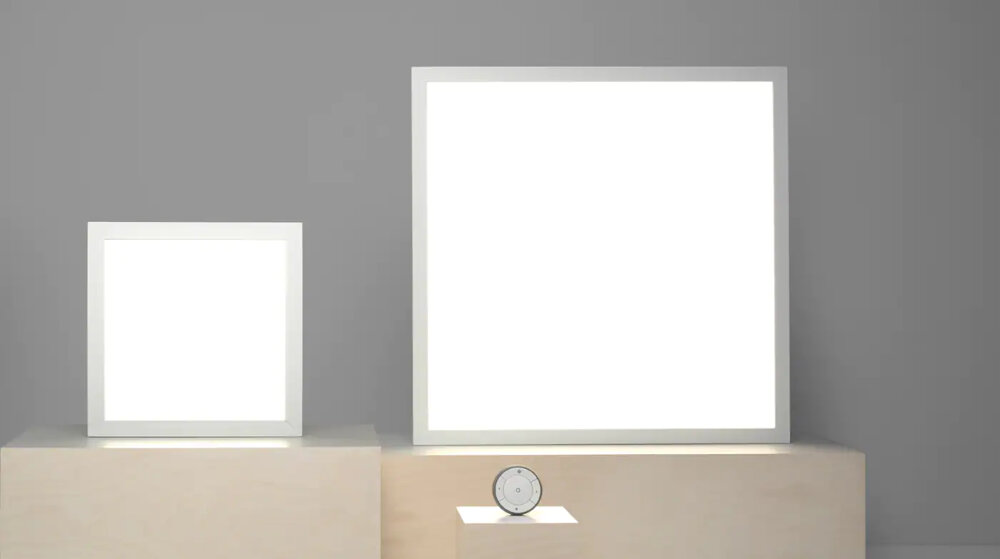
When it comes to repairing LED light connector problems, the first step is to identify the problem. This may seem like an obvious step, but it is crucial to ensure that the proper solution is applied. Some common problems with LED light connectors include loose connections, broken wires, and faulty transformers. These issues can cause the lights to flicker, dim, or not turn on at all. Before attempting any repairs, it is important to diagnose the issue correctly to avoid further damage. One way to identify the problem is to visually inspect the connector for any visible damage or loose connections. If the issue is not immediately apparent, a multimeter can be used to test the voltage and continuity of the wires. It is also important to check the transformer to ensure that it is functioning properly. By taking the time to properly identify the problem, the repair process can be more efficient and effective. This will ultimately save time and money in the long run, as it will prevent unnecessary repairs or replacements.
When dealing with LED light connector problems, the first step is to visually inspect the connector for any visible damage or loose connections. If the connector appears to be intact, check the wiring to ensure it is securely connected to the connector. If the wiring is secure, use a multimeter to test the voltage and continuity of the connector. If the multimeter readings indicate a problem, try cleaning the connector with a small brush or compressed air. If the issue persists, try replacing the connector or the entire light fixture if necessary. It is important to take these steps carefully and methodically to avoid causing further damage or creating a safety hazard.
When it comes to repairing LED light connector problems, having the right tools is essential. Some of the most commonly required tools include wire strippers, pliers, a multimeter, a soldering iron, and heat shrink tubing. Wire strippers are needed to remove the insulation from the wires, while pliers can be used to bend and shape the wires as needed. A multimeter is necessary to test the connections for continuity and voltage. A soldering iron is used to fuse the wires together, and heat shrink tubing helps to insulate and protect the repaired area. With these tools on hand, anyone can quickly and easily fix their LED light connector problems in just minutes.
Repairing Loose Connectors
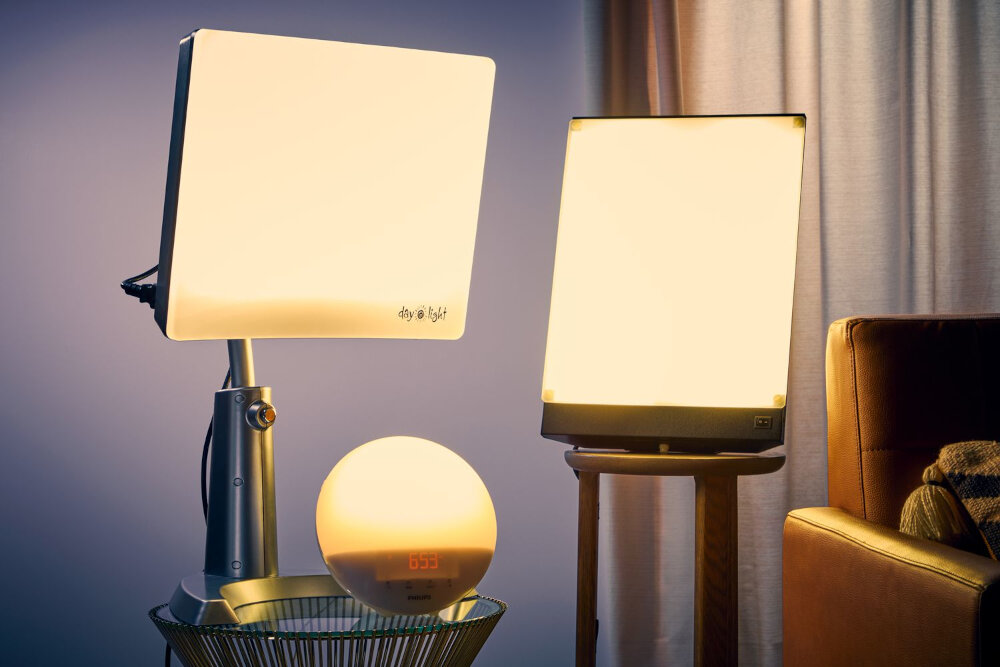
If you have LED lights in your home or workspace, you may have experienced the frustration of loose connectors. Loose connectors can cause your LED lights to flicker or not work at all, and can be a real nuisance to deal with. Fortunately, repairing loose connectors is a relatively simple process that can be completed in just a few minutes. To repair a loose connector, first turn off the power to the LED lights. Then, inspect the connector to see if any of the wires inside have come loose. If so, use a wire stripper to strip the insulation off the ends of the wires and twist them together. Next, use a wire nut to secure the twisted wires together. Finally, wrap the wire nut and the exposed wires with electrical tape to protect them from moisture and other environmental factors that could cause corrosion or other damage over time. With these steps, your loose connector should be repaired and your LED lights should be working properly again in no time.
If you’re experiencing problems with your LED lights, one of the most common issues is loose connectors. Fortunately, repairing this problem is a quick and easy process. First, turn off the power to the lights and remove the connector from the socket. Next, inspect the connector for any damage or corrosion. If there is damage, replace the connector with a new one. If there is no damage, gently bend the prongs of the connector inward to create a tighter fit when it’s plugged in. Finally, plug the connector back in and turn on the power to test the repair. By following these simple steps, you can have your LED lights working like new in just a few minutes.
Preventative measures can be taken to avoid encountering LED light connector problems in the future. Firstly, it is essential to invest in high-quality connectors that are compatible with the type of LED light being used. Regularly inspecting the connections and cleaning them with a non-abrasive material can also help prevent corrosion and accumulation of dirt. Additionally, avoiding overloading the circuits and ensuring proper installation by following the manufacturer’s instructions can prevent damage to the connectors. Finally, it is essential to handle the connectors with care, avoiding excessive bending or twisting, and ensuring that they are not exposed to extreme temperatures or moisture. By implementing these preventative measures, you can save yourself time, money, and frustration in the long run.
Repairing Broken Connectors
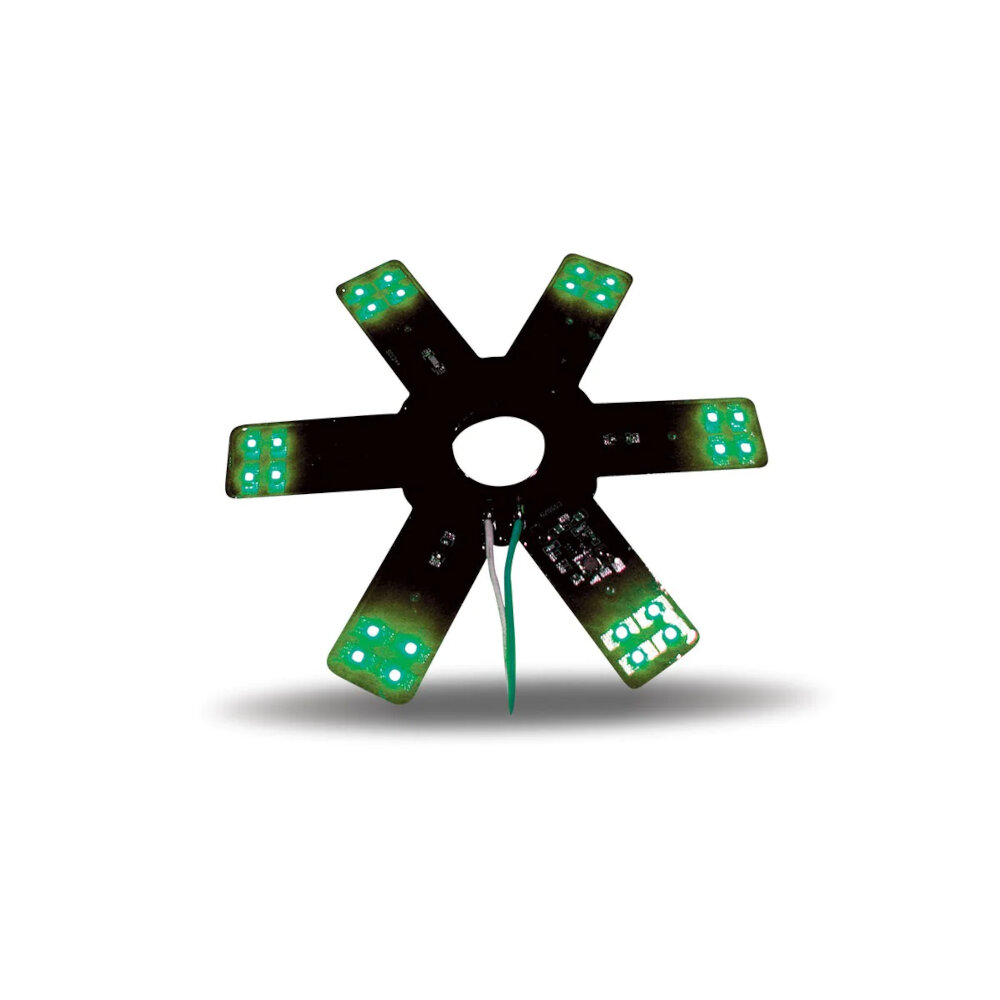
When it comes to LED lights, one of the most common problems that people face is broken connectors. Broken connectors can prevent the LED lights from lighting up, and it can be frustrating to deal with. Fortunately, repairing broken connectors is a relatively easy task that can be completed in just a few minutes. The first step in repairing broken connectors is to identify the problem. In most cases, the connector will be visibly damaged, either with a broken pin or a cracked housing. Once you have identified the problem, you can begin the repair process. To repair a broken connector, you will need a few tools. These tools include wire cutters, pliers, and a soldering iron. The first step is to remove the damaged connector from the LED light strip. This can be done by gently pulling on the connector until it comes loose. Once the connector is removed, you can use the wire cutters to cut off any damaged wire. Next, strip the ends of the wire using the pliers. Finally, use the soldering iron to attach a new connector to the wire. Once the new connector is attached, you can plug it back into the LED light strip, and your lights should be working once again.
If you’re experiencing issues with your LED light connectors, repairing them is a straightforward process that can be done in just a few minutes. First, you’ll need to identify which connector is causing the issue and then isolate it from the rest of the circuit. Once you’ve done this, you can use a wire stripper to remove the damaged portion of the connector’s wire. From there, you can strip the ends of the wire and attach a new connector using a crimping tool. Finally, you’ll want to test the connection to ensure that it’s secure and functioning properly. With these steps, you can easily repair broken LED light connectors and get your lights back up and running in no time.
To prevent LED light connector problems from happening again in the future, it’s important to take some precautionary measures. Firstly, avoid inserting the connector forcefully as it can damage the pins and cause connectivity issues. Secondly, try to keep the connectors clean and free from dust and debris, as these can interfere with the electrical signal. Regularly inspect the connectors for signs of wear and tear, and replace them promptly if necessary. Additionally, ensure that the connectors are properly installed and secured to prevent accidental disconnections. By following these simple measures, you can prolong the life of your LED lights and avoid any unnecessary repair costs.
Replacing Connectors
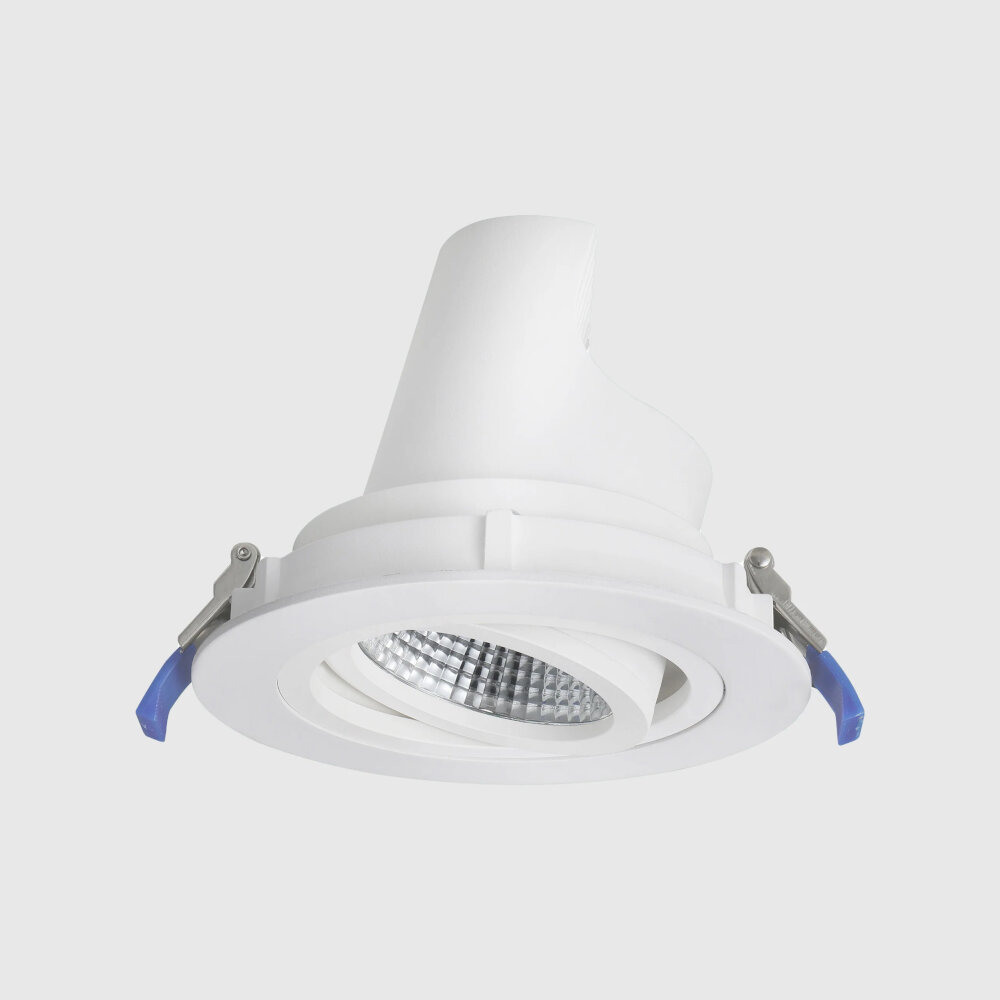
Replacing connectors is a quick and easy solution to fix LED light connector problems. When your LED light suddenly stops working, it may be due to a faulty connector or a loose connection. Replacing the connector can help restore the connection and make your LED light work again. To replace the connector, you will need to cut off the old connector and strip the wires. Then, you can attach a new connector and use a crimping tool to secure it in place. This process can be done in just a few minutes and can save you the hassle of having to replace the entire LED light. One of the benefits of replacing connectors is that it can save you money in the long run. Instead of having to purchase a new LED light when the connector fails, you can simply replace the connector and continue using the same light. This can also save you time and energy as you won’t have to go through the process of finding a new LED light that fits your needs. Additionally, by replacing the connector yourself, you can learn a new skill and develop a better understanding of how LED lights work. This can be beneficial if you encounter similar problems in the future and need to troubleshoot the issue.
Knowing when to replace the connector instead of repairing it is essential when dealing with LED light connector problems. While fixing a damaged connector might seem like a quick and easy solution, it is not always the best option. If the connector is severely damaged, corroded, or melted, it is better to replace it entirely. Attempting to repair such connectors can be time-consuming, costly, and even dangerous. A replacement connector will ensure a better connection, prevent malfunctioning or short-circuiting, and save you from the hassle of repairs in the long run. Therefore, it is essential to assess the extent of the damage before deciding to repair or replace the connector.
If you’re experiencing issues with your LED light connector, replacing it is often the most efficient solution. The first step is to turn off the power supply to the light and remove the bulb. Next, you’ll need to locate the connector and detach it from the wires by using pliers to loosen the screws. Once the old connector is removed, strip around half an inch of insulation from the wires to expose the copper. Then, attach the wires to the new connector by wrapping them around the screws and tightening them with pliers. Finally, reattach the connector to the light fixture and screw the bulb back in place. With these steps, you can quickly and easily replace a faulty LED light connector and enjoy a functional light source once again.
When it comes to replacing a connector for your LED light, there are some important factors to consider to ensure that you choose the right one. Firstly, you need to identify the type of connector you need, including the number of pins, shape, and size. Additionally, you should check the voltage and current rating of the connector to ensure it is compatible with your LED light. It’s also crucial to check if the connector is waterproof or not, especially if you plan to use it outdoors. Lastly, make sure to buy your replacement connector from a reputable supplier to ensure its quality and durability. By following these tips, you can easily choose the right replacement connector and quickly fix any LED light connector problems in minutes.
Knowing how to repair LED light connectors is crucial for anyone who wants to maintain their lighting system’s functionality and longevity. By being able to identify and fix common connector problems such as loose connections, damaged wires, or faulty sockets, you can save time and money on expensive replacements or professional repairs. It also ensures that your LED lights operate safely and efficiently, reducing the risk of electrical fires or other hazards. Moreover, being able to repair LED light connectors yourself can give you a sense of empowerment and self-sufficiency, allowing you to take control of your home or workplace’s lighting needs. Overall, learning how to repair LED light connectors is a valuable skill that can benefit anyone who relies on LED lights for daily use.
Maintaining LED light connectors can be a simple task that can save you time and money in the long run. To ensure that the connectors remain in good condition, it is important to clean them regularly and use high-quality materials. Additionally, it is important to check the connectors for any signs of wear and tear or damage before and after installation. In case of any damage, it is recommended to replace the connectors immediately. To avoid any future problems, ensure that the connectors are properly installed and secured. Lastly, always refer to the manufacturer’s instructions for the correct installation and maintenance procedures. By following these tips and advice, you can prolong the lifespan of your LED light connectors and enjoy uninterrupted lighting.
Conclusion
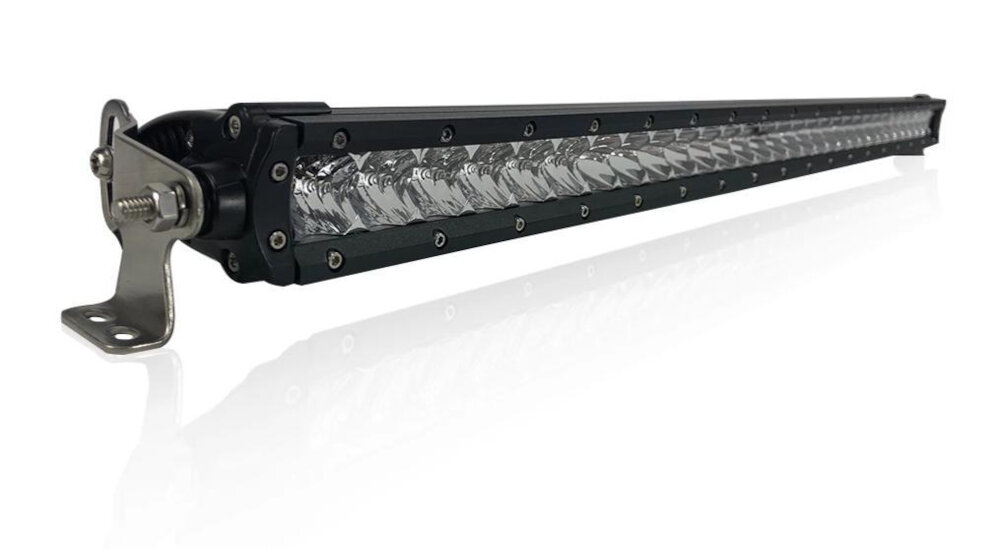
In conclusion, fixing LED light connector problems is not as daunting as it may seem. With a few simple steps and tools, you can repair your LED light connectors in mere minutes. Whether it’s a loose connector, a broken wire, or a faulty driver, the quick fixes outlined in this article can save you time and money. It’s important to remember to take safety precautions and to ensure that the power is turned off before attempting any repairs. By following these tips, you can enjoy the benefits of your LED lights for years to come. Don’t let connector problems dim your light, empower yourself to fix them in no time!

